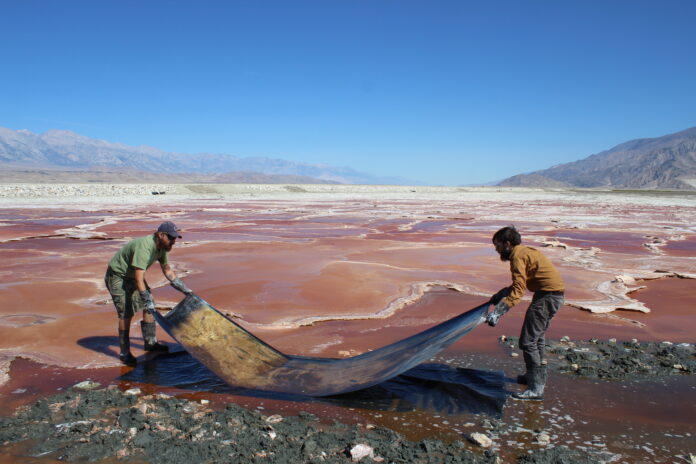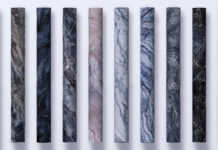
9.3. – 29.5.2023
How sustainable is the “eternal moment”? What does the production of photographs contribute to man-made climate change?
Mining Photography. The ecological footprint of image production illuminates the history of key raw materials in photography: the genesis of their degradation, their disposal and the impact they have on our environment. A history of the material in five acts!
Historical photographs, contemporary artistic positions and interviews with experts tell the history of photographic art from the perspective of its industrial production. Where did the copper come from that was used for Hermann Biow’s well-known daguerreotype by Alexander von Humboldt? With 170 works, the exhibition impressively shows how the medium of photography has contributed to man-made changes in nature since its inception – and continues to do so today.erungen in der Natur beitrug – und bis heute beträgt.
MINING PHOTOGRAPHY – The ecological footprint of image production
bis 9.3. – 29.5.2023
Kunsthaus Wien
Untere Weißgerberstraße 13, 1030 Vienna
https://www.kunsthauswien.com











